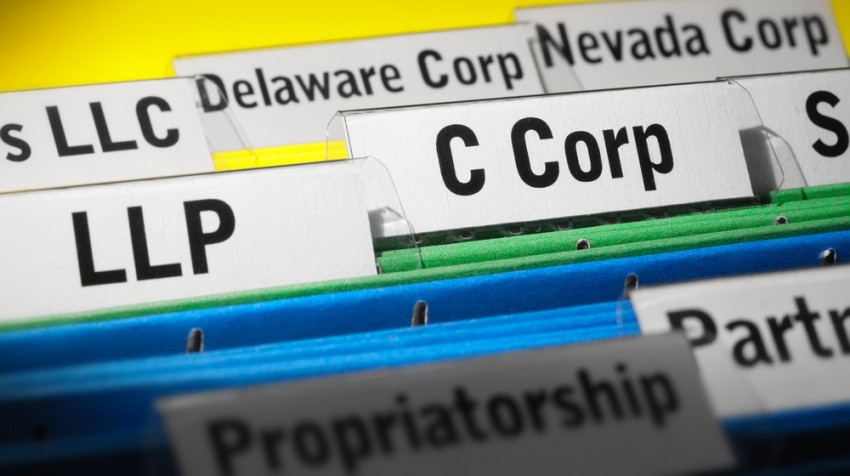If you’re getting started in your business ventures, one of the first things you might be thinking about is how to structure your business. Will you be going solo or will you form a partnership?
5 Common Business Structures
1. Sole Proprietorship
A sole proprietorship is the most basic – and easiest – type of business to establish. There’s no distinction between the business and you, the owner. You’re entitled to all profits and are responsible for all your business’s debts, losses and liabilities.
You don’t have to take any formal action to form a sole proprietorship, but you do need to obtain any necessary licenses and permits, like all businesses.
2. Partnership
A partnership is a single business where two or more people share ownership. Each partner contributes to all aspects of the business, including money, property, labor or skill. In return, each partner shares in the profits and losses of the business.
Because partnerships involve more than one person in the decision making process, it’s important to discuss a wide variety of issues up front and develop a legal partnership agreement. They’re not legally required, but they’re encouraged so that you know from the beginning how you’ll make future business decisions.
3. Corporation
A corporation (sometimes referred to as a C Corporation) is an independent legal entity owned by shareholders. This means that the corporation itself – not the shareholders who own it – is held legally liable for the actions and debts the business incurs.
Corporations are more complex than other business structures because they tend to have costly administrative fees and complex tax and legal requirements. Because of these issues, corporations are generally suggested for established, larger companies with multiple employees.
4. Limited Liability Company (LLC)
A limited liability company (LLC) is a hybrid type of legal structure that provides the limited liability features of a corporation and the tax efficiencies and operational flexibility of a partnership.
The “owners” of an LLC are referred to as “members.” Depending on the state, the members can be a single individual (one owner), two or more individuals, corporations or other LLCs.
Unlike shareholders in a corporation, LLCs aren’t taxed as a separate business entity. Instead, all profits and losses are passed through the business to each member of the LLC. LLC members report profits and losses on their personal federal tax returns, just like the owners of a partnership would.
5. Cooperative
A cooperative is a business or organization owned by and operated for the benefit of those using its services. They’re common in healthcare, retail, agriculture, art and restaurant industries. Profits and earnings generated by the cooperative are distributed among the members, also known as user-owners.
Typically, an elected board of directors and officers run the cooperative while regular members have voting power to control the direction of the cooperative. Members can become part of the cooperative by purchasing shares, though the amount of shares they hold does not affect the weight of their vote.
So now that you’ve got the basics about business structure, which one is right for your small business?
If you’re looking for some additional guidance, consider reaching out to a mentor who can help you decide what may be best for you.
Business Structures Photo via Shutterstock









Aira Bongco
I needed this back then. I am seeing so many business structures that I was out of ideas on how am I going to start my business. I ended up seeking some mentors’ help and then attending some seminars just to understand this.
Henry
Can I pay “myself” as a Coorperation or LLC ? Goal is to not let my ex- wife notice changes in my income…she alredy gets quite a bit from me.